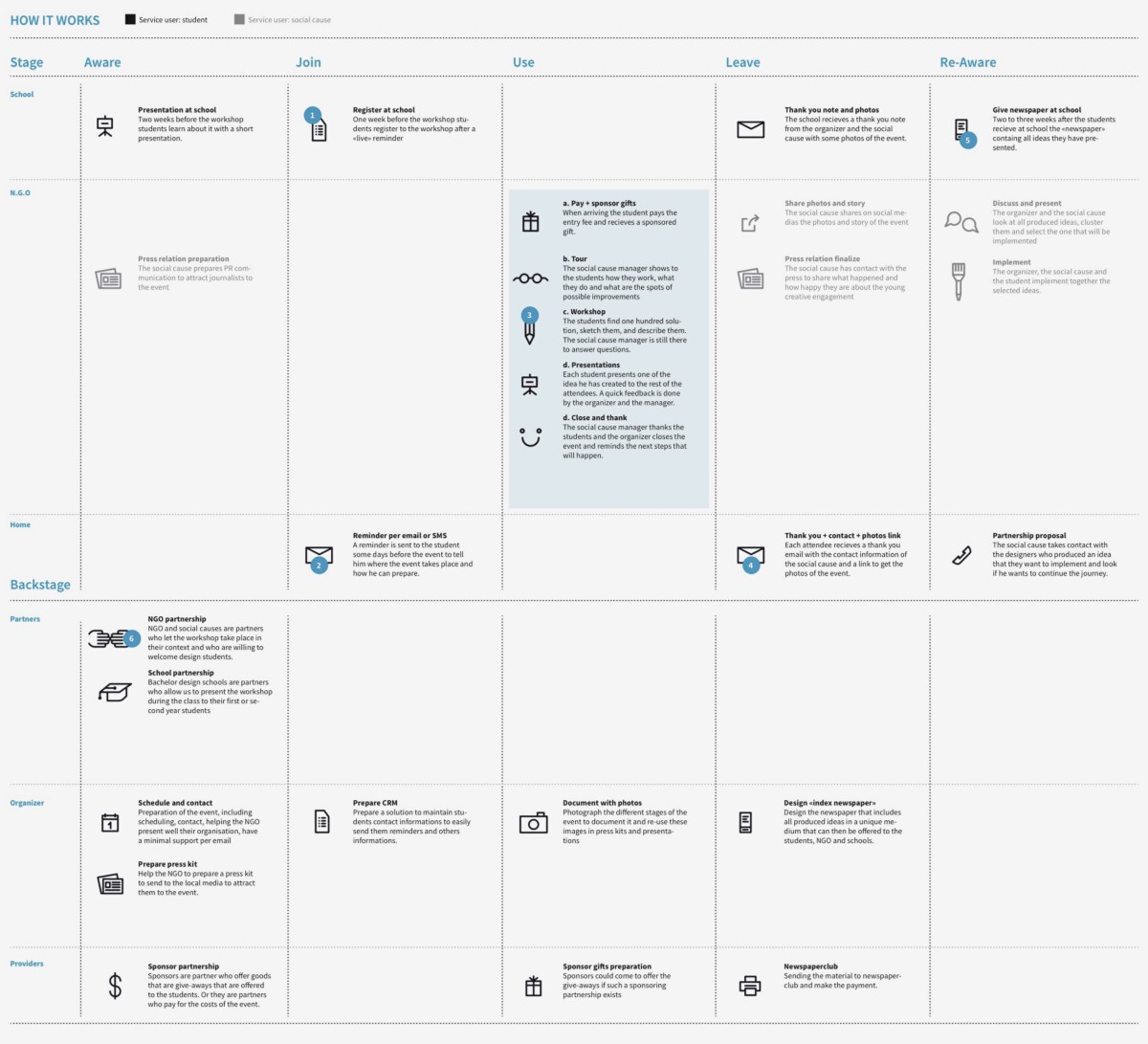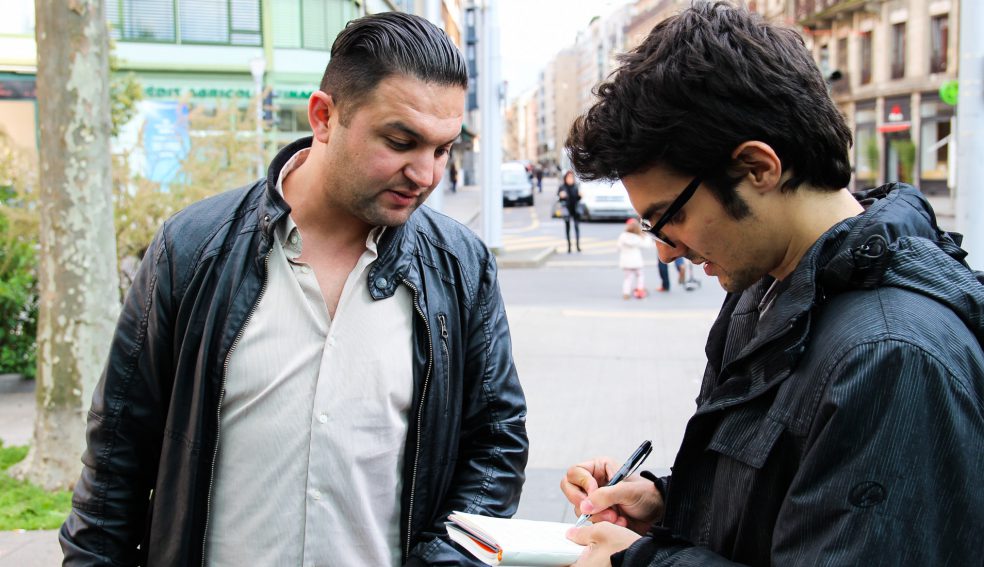
Service Design isn’t about making things pretty
Service Design is a confusing term
Service Design is a confusing term for many people. Usually when I ask around what people think Service Design is I receive funny answers. Is it about making beautiful chairs and offering support after selling them?
What does Design mean?
Design is a word that can have many meanings, as we saw it in the previous example.
Usually, we link the word Design to beautiful objects. We speak of a designer chair or a designer car. What we mean here is that Design means pretty or with beauty.
As you can imagine, in the concept of Service Design, the word Design has another meaning.
We can translate the word Design in a clearer word which would be “conception”. Design means taking care of how things look like (this is the surface) and are built (this is the hidden part). So the word Design means having a focus on how we build things on the inside and how it looks like on the outside.
What we discover with this new look at the word Design is that this term is not only focused on how things look like. But we discover that Design means having an interest in how they work.

What does Service mean?
Great, now half of the term Service Design is clear. Let’s attack the other half.
Service is another word that is really abstract for most of us. Is Service what a waiter does when he is taking care of your demands? Is Service this abstract thing that happens in the cloud as you might have seen it in the acronym SaaS (Software as a Service)? There is truth in all these ideas.
When we look at the world we interact with, we can see two categories of interactions. We have interactions with objects, like chairs, your smartphone or anything tangible. Then there are interactions that are intangible. These interactions are with humans, companies, and so on.
A simple trick to know if we are talking about a Service or a Good is to ask yourself the question can I hold it? Can you hold your bank account in your hands? No. Then it’s a service. Can you hold your doctor’s appointment in your hands? No, that’s a Service again.
Services can be designed too
As customers or users, we might think that services just happen to exist in the form they have. The way your bank counselor interacts with you is just a common human relationship. The way you get transferred from one waiting room to the other in a hospital just happens to be like this. In fact, that’s not true, or at least it shouldn’t be true.
We can design the way you interact with your bank. We can conceptualize it. We can prepare it, plan it, prototype it and make it better. That’s exactly what Service Design is all about.

Service Design removes the pains
Why do you hate your bank or insurance? Because they are slow, not helpful or complicated to understand? This is what Service Design wants to fix. Service Designer calls these causes for frustration “pain points”.
Service Design looks at both the front and backstage
By looking at how services work below the surface we can create invisible changes. These changes then become visible for the users, the customers and yourself.
A service designer is like an audio engineer. By changing the mix of instruments an audio engineer can break or make an album epic. The same goes with Service Design. By creating new policies and procedures you can make the life of your users much more enjoyable.
Remember how we defined the word Design before? We said that Design looks both at the surface and how things work. If you want to use classical Service Design terms to sound fancy, you can call these two elements the Frontstage and Backstage of a Service. The Frontstage is everything the user or customer can see. The Backstage is what is invisible to the user but is needed to make it work.

Service Design is for humans
So how is Service Design different to engineering, planning and policy creation? The big difference is that Service Design has what we call a Human Centered approach. This means that all the work we do, we do it not for the company but to make the life of the user easier.
Usually, in companies we want to optimize the internal processes. This will then make the company more profitable. But we forget to look at what these new processes create for the user. Service Design wants to reconcile both the user and the business guy. Good Service Design creates profitable businesses that are enjoyable for humans. In that sense, Service Design is deeply human.

Beauty is a by-product of Service Design
So is Service Design about making things pretty? No, not really. But Service Design often creates beautiful experiences and interactions for the users.
Because Service Design is for humans, a sense of beauty is often included. Humans enjoy beauty and simplicity. So, if we want to help humans out, simplicity and beauty are sometimes useful tools.
Service Design isn’t about making things pretty. Because we have a focus on humans, it often happens that experiences and interactions finally get beautiful. It is just a by-product of good Service Design.
Discover the power of Service Design
Do you want to discover more about the power of Service Design? Do you want to know if this approach could help your business attract more customers? Let’s start a conversation together. Our experts are waiting for your question in the live chat. Click on the chat bubble on the bottom right of your screen. This will start a conversation with one of our Service Design experts.